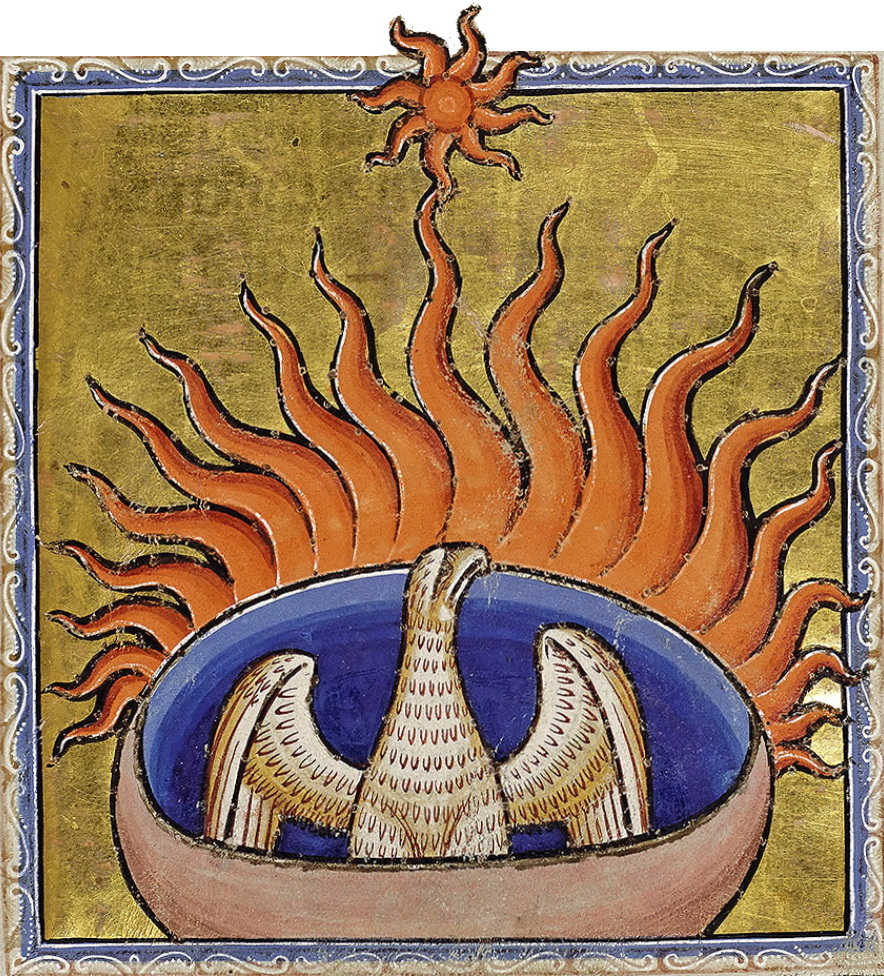Prayer....
With the initial disclaimer that (in the Christian religion) one must beware of “over-systematizing” the grace of God into specific techniques, the following is shared for the possible benefit of readers who are interested in esoteric Christianity.
Boris Mouravieff claims that there is a collection of “scripts” called the Golden Book in Orthodoxy, which is the oral tradition (or parallel to it, or a key, or fragments of it), which contain detailed teachings and instructions in the “secrets” of Christianity. I have been unable to locate references to it on the Internet, other than in Gnosis. This was the “teaching of Christ to the inner disciples”.
As I was reading Unseen Warfare by Scupoli, a Venetian priest who had his book adopted into Orthodoxy and added to by Theophan the recluse, I came across some advice to follow during prayer. Keep in mind that no prayer life will likely be effective without other ascetic practices (eg., one can’t neglect fasting and expect prayer to come swiftly and easily). That said, and other advice followed (such as maintaining “a spirit of prayer” at all times), Theophan/Scupoli advise the following:
1.Pray in short prayers; these are lightning bolts which move swiftly to heaven, before the mental apparatus can intervene and subordinate the prayer to its own machinations.
2.Learn them by heart. This, contrary to popular belief, does the exact opposite of what opponents claim it does – it protects it from the vain repetitions of the discursive intellect, which stem from the gray matter, and not the body or the heart centers.
3. Focus attention on both the left nipple (the heart) and the throat chakra. This may seem odd, but perhaps some insight from Western alchemy can help here (and others may have more to add from the East):
According to Sri Aurobindo, the throat center is associated with the externalization of mental forces, and the link between the higher and lower mental spheres. Like in some color scales of kabbalah, grey is associated with this center. In Serpent of Fire: A Modern View of Kundalini, Darrel Irving points out that the Vissudha chakra is presided over by the dual deities of Shakini and Shiva. Each is five faced, representing the five Elements, and three eyes, showing physical and psychic perception, or knowledge. Shakini is seen as Light itself, and Shiva, like the Hermetic ideal, is androgynous, half white and half gold. The center is associated with the purification of intelligence, the psychic substratum or ether (akasha), and hearing. The color given is smoky-purple. As with Sri Aurobindo’s color, purple is also sometimes given as associated with the throat center in modern kabbalistic works. Along with the remaining upper two psychic centers, these three constitute the only centers whereby direct psychic perception is possible. In the West, the Throat center is less well defined, although it shares in all of the above named characteristics. In Kabbalah of the Golden Dawn, Pat Zalewski states that the throat center is associated with the thyroid gland and controls respiration. As with yoga, each of the preceding centers is associated with an Elements, starting with Earth, Water, Fire, and Air. While not stated, it might be presumed that the Throat center is then the first center to be associated with Spirit, or Quintessence, as in yoga.
Since Christianity focuses upon “the Son” at the heart of the worlds, it is appropriate that the tradition of prayer associated with it would focus upon the two “linking chakras” between the lower and higher worlds. This is something Tomberg points out in Meditations.
Julian Lee, who is a “heretic” outside the Church, nonetheless has some very interesting considerations about prayer, Churches, and how Christianity is bhakti-yoga exotericized into a religion for the Western peoples.
Why did my ancestors build their churches this way? Because men and women who think about God a lot get instincts about God’s nature. Thus my grandfathers and grandmothers of Europe designed their Sacred Places (churches) to evoke the thought of infinite space. They may not have done it consciously always, but they did it because they received instinctive knowledge of God through thinking of God. The White Europeans thought about the Transcendental Principle a great deal. They even had a special day reserved — every 7th day — for the thought of God alone. (What an amazing and cosmic-minded people our grandfathers and grandmothers were!) It was natural then that their churches evolved to evoke Akasa, one of the Creator-God’s first evolutes. Just as it was natural for them to build tall steeples representing the rectitude and straightness of the spine when aspiring for God, and the sublimated sexual energy made sacred by placing it in sacred limits (procreation and family), with the rest sublimated in aspiration for God.
And yet, the neo-pagan crowd in America (many of whom attend services each Sunday and talk a lot of God-talk) are trying to get away from the heritage of church bells, spires, folded or uplifted hands, and any kind of “weird” traditions in Christianity as fast as they can, desperately hoping to modernize and become up-to-date enough to slickly survive the end times. Even if Christianity survives what is coming, what will it look like?
I hope that some reading this can determine to hold onto the riches that God has already dumped in our laps, even at this late hour.

No comments:
Post a Comment